

Advertisement in the Munitionsfabrik (© Postdemocratic Picture Party (PPP))

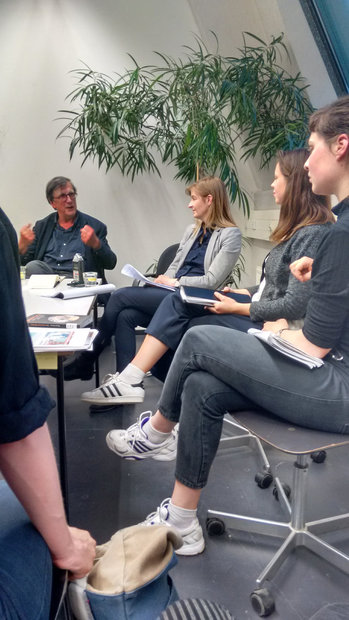
© Postdemocratic Picture Party (PPP)


© Postdemocratic Picture Party (PPP)

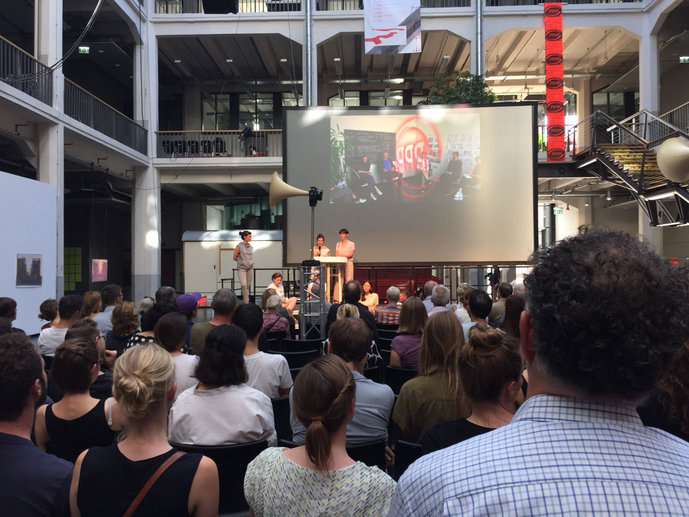
© Postdemocratic Picture Party (PPP)


© Postdemocratic Picture Party (PPP)

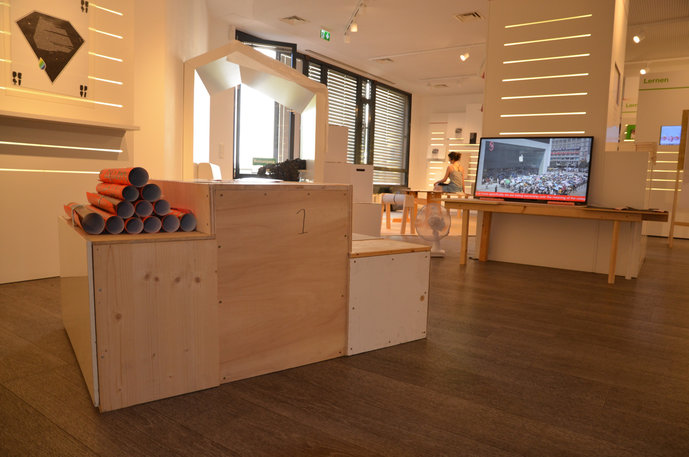
© Postdemocratic Picture Party (PPP)

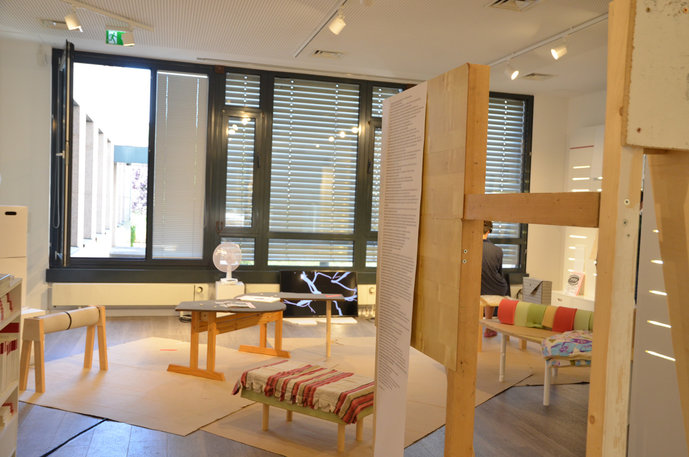
© Postdemocratic Picture Party (PPP)

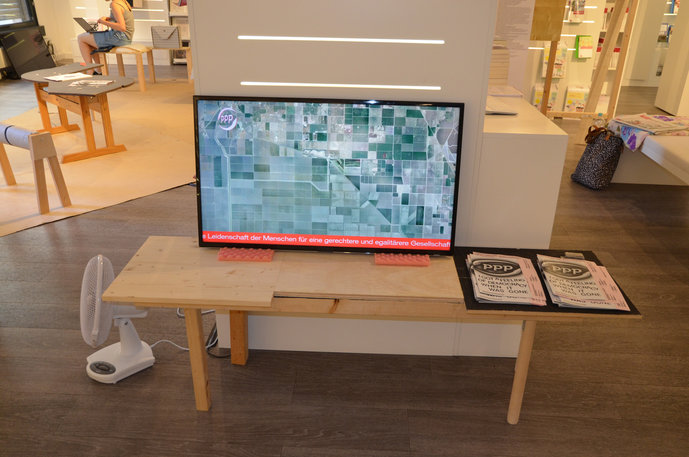
© Postdemocratic Picture Party (PPP)
The Post-democratic Picture Party, shorthand PPP, emerged under the direction of Matthias Bruhn from a seminar at HfG Karlsruhe in order to investigate the visual phenomenon of post-democracy, and developed into an autonomous group within the university context.
In weekly meetings, the group invited guests from diverse fields to talk about perspectives of our times, our political situation, and their own positions.
The term “post-democracy” was above all the starting point for a critical diagnosis of the present, which focused on the change of certain social parameters. The students of the PPP used the ambiguity of the term to work it out ex negativo. What are the dimensions of democracy we miss when we speak of post-democracy? The feeling of lack of real influence on political processes, while international corporations seem to be the far more powerful players, but also public debates strictly controlled by PR campaigns that are supposed to convince citizens, but without really responding to demands, are some examples.
The students discussed their theses with Armin Grunwald from the Institute of Technology Assessment Karlsruhe, Francesca Raimondi (philosopher), Bruno Latour (sociologist and philosopher), Margit Rosen (curator) and Marion Löffler (political scientist). In the meetings with Rebecca Stephany & Sereina Rothenberger (communication designers) as well as Daniel Hornuff (design theorist) and Thomas Rustemeyer (exhibition designer), design practice, work processes and design products for post-democratic symptoms were discussed.
Design played different roles here. On one hand, the group started on the visual level, analyzing everyday images and thus questioned the visuality of the post-democratic phenomenon: Is the SUV or the architecture of Hudson Yards, NY a symbol of post-democracy? Which forms of rhetoric, which designed elements are utilized in politics? What role does the meme play in political opinion-making on the Internet? And why do the polling booths look so different to other parts of the country?
On a practical level, the students were also confronted with the question of post-democratic design. In Room 313 of HfG Karlsruhe their “headquarters” opened where the discussion rounds and lectures took place. The act, using scenographic means, created discussion spaces, where new seating, view and speaking orders were more or less democratic, but still explored the spatial conditions for collective thinking.
From July 27 till August 7, 2018 an exhibition took place under the title “I Got A Feeling Of Democracy When It Was Gone” in the Federal headquarters for political education in Bonn, where the PPP shared initial findings and put them up for discussion among the broader public.
In addition to video, sound and installation work, the workshop also featured a workshop by the magazine engagée (www.engagee.org) on “Radical Cities and Post-Democracy.”
Period:
Postdemokratie AG – WS 2017/18
Opening hours for Postdemocratic Picture Party – SS 2018
Exhibition I Got A Feeling Of Democracy When It Was Gone @ Federal office for political education – July 27 till August 7, 2018
Links:
Instagram
Ausschnitte aus den Sprechstunden zum Nachhören
Ausstellung
Tutor: Prof. Matthias Bruhn